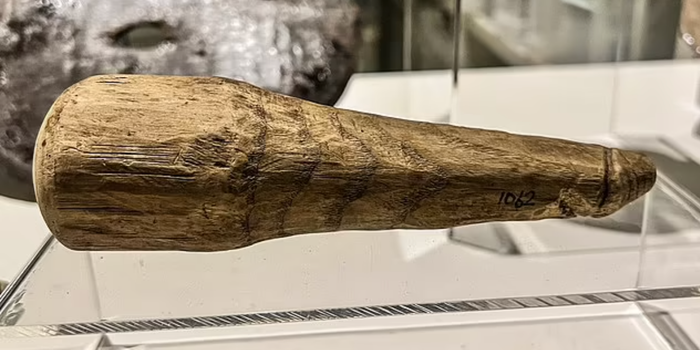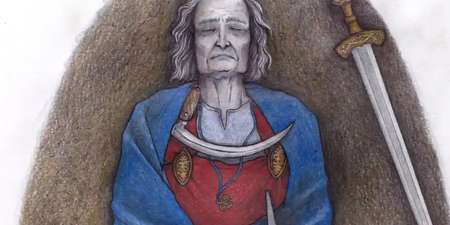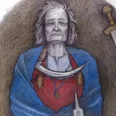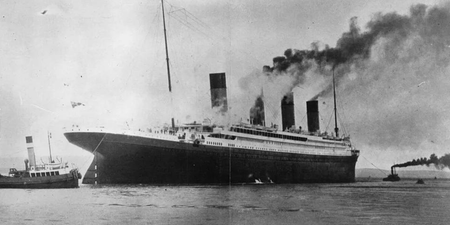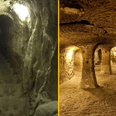The life-sized nature of the object got researchers thinking…
A strange wooden implement discovered at a Roman fort may be Britain’s oldest sex toy.
Researchers discovered the artefact at Vindolanda – a Roman fort south of Hadrian’s Wall in northern England – back in 1992.
They initially thought it was a darning tool as it was found alongside shoes, dress accessories, small tools and craft waste products
But further analysis on the 6.3 inch-long object suggests that it was actually used as a sexual implement.
Dr Rob Collins, one of the authors of the study, told the MailOnline that he believes it could be Britain’s “oldest example” of a sex toy.
Having initially thought it was a darning tool, experts at Newcastle University and University College Dublin questioned whether this was the case, given the object’s rather suspicious shape.

Phallic objects were widely used across the Roman Empire to protect against bad luck, and would often be carved from bone or metal and worn as pendants.
But the life-size nature of the object got researchers thinking if it was used for more than just good luck.
📢NEW RESEARCH of a disembodied wooden #phallus of Roman date found @Vindolanda and published in @AntiquityJ. Here’s a breakdown of the key points and takeaways, a 🧵https://t.co/Eh6Pldj9FL
— Dr Rob Collins, FSA (@duxBritanniarum) February 20, 2023
Their analysis of the object revealed that both ends were noticeably smoother, suggesting “repeated friction.”
In a thread on Twitter, Dr Collins said this could mean it had three functions.
He wrote: “First, it could be a projecting component of a larger object – a phallus inserted into a statue, a herm, or a building. Second, it could be a pestle for grinding ingredients. Third, it could be a dildo.”
We propose 3 possible functions. First, it could be a projecting component of a larger object – a phallus inserted into a statue, a herm, or a building. Second, it could be a pestle for grinding ingredients. Third, it could be a dildo. Let’s look at some examples!
— Dr Rob Collins, FSA (@duxBritanniarum) February 20, 2023
The object may have been slotted into a statue which people would touch for good luck – something that was common throughout the Roman Empire.
But the study highlights that experts are yet to find evidence of such a statue at the Roman fort, either indoors or outdoors.
Whilst the leading theory is that the object was used as a sex toy, researchers can not be 100 percent sure.
Dr Collins said: “We cannot be certain of its intended use, in contrast to most other phallic objects that make symbolic use of that shape for a clear function, like a good luck charm.”
It is thought that multiple wooden phalli like this one were used at Vindolanda.
Barbara Birley, Curator at the Vindolanda Trust, said: “The wooden phallus may well be currently unique in its survival from this time, but it is unlikely to have been the only one of its kind used at the site, along the frontier, or indeed in Roman Britain.”
The implement will now go on display in the Vindolanda Museum in Northumberland.
Related links:
- Penn Badgley asked for fewer sex scenes in You out of respect for his marriage
- Woman who had sex every week with ‘special friends’ shares why she went celibate for a year
- Dog leaves owner in fits of laughter after finding a huge sex toy instead of a stick
